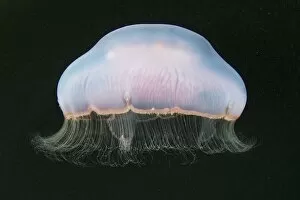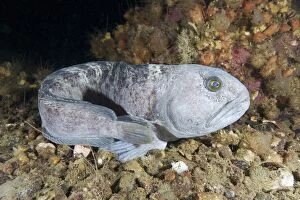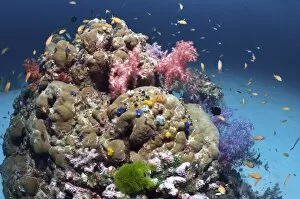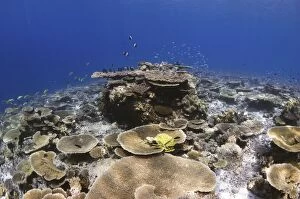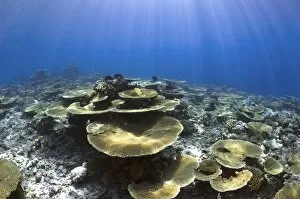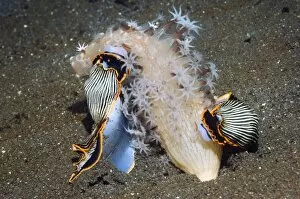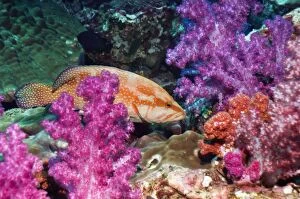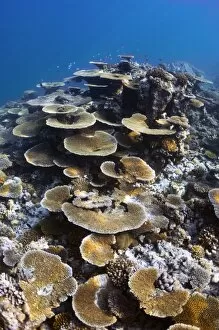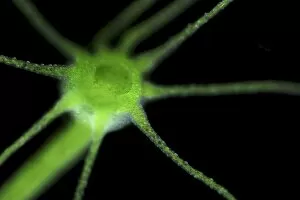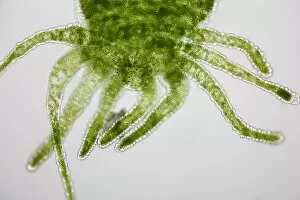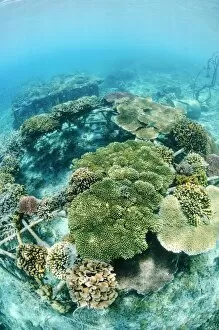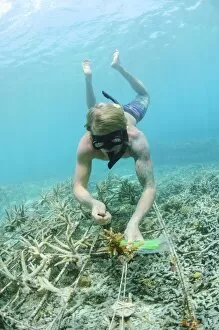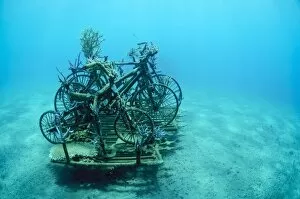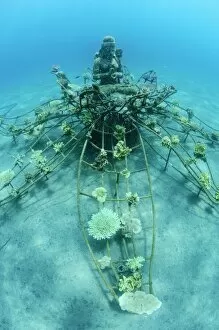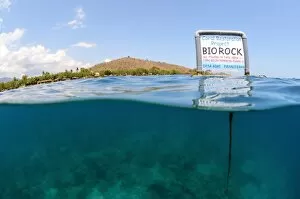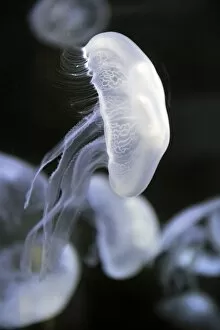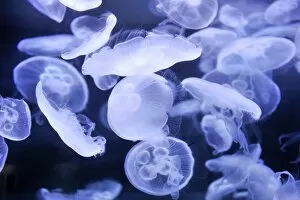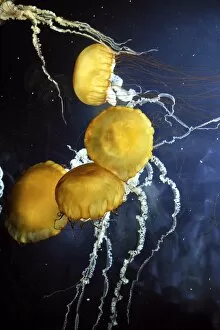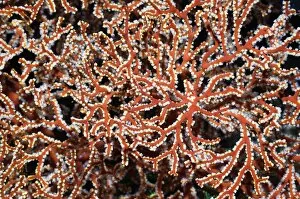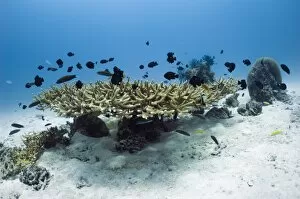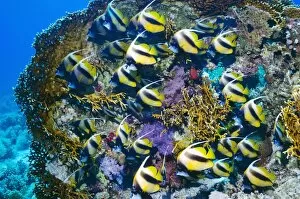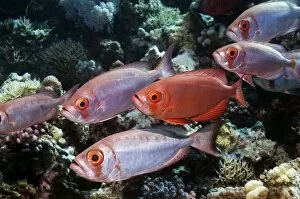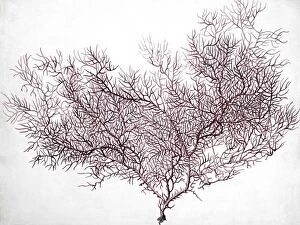Cnidarian Collection (page 17)
"Cnidarian Wonders: Exploring the Elegance of Hydromedusa Jellyfish in Coastal Waters" Diving into the vast Pacific-Atlantic waters
All Professionally Made to Order for Quick Shipping
"Cnidarian Wonders: Exploring the Elegance of Hydromedusa Jellyfish in Coastal Waters" Diving into the vast Pacific-Atlantic waters, one encounters a mesmerizing sight - the elegant Hydromedusa Jellyfish gracefully gliding through the depths. With its translucent bell and delicate tentacles trailing behind, this cnidarian species captivates all who behold it. Intriguingly, these ethereal creatures share their habitat with other fascinating beings. The stealthy Caiman crocodilus crocodilus and elusive Anilius scytale lurk beneath the surface, adding an air of mystery to this underwater realm. Venturing further westward, we find ourselves at the Vancouver Aquarium in Canada. Here, Japanese Sea Nettles and Pacific Sea Jellies enchant visitors with their vibrant hues as they float effortlessly within their tanks. These captivating displays remind us of nature's artistic prowess. But it is on Australia's Ningaloo Marine Park where both coral reefs and sandy beaches converge to create a breathtaking scene. From above water, pristine white sands meet crystal-clear turquoise waves; while below water lies a kaleidoscope of colors as diverse marine life thrives amidst vibrant corals. Komodo Island in Indonesia beckons adventurers seeking an underwater paradise. At a depth of 12 meters lies an awe-inspiring coral reef scene teeming with life - from schools of tropical fish darting between intricate formations to Mountain Avens nestled among Fossil Coral on Parker Ridge in Banff National Park, Rockies, Canada. The Great Barrier Reef off Queensland's coast unveils its wonders through Ron & Valerie Taylor's lens. Their photographs capture two distinct scenes that showcase Mother Nature's artistry - one bursting with vivid colors and another displaying serene beauty beneath tranquil waters. As we journey deeper into Komodo Marine Park in Indonesia once again, we encounter Lionfish majestically swimming amongst Tubastrea Coral and Sea Fans.

